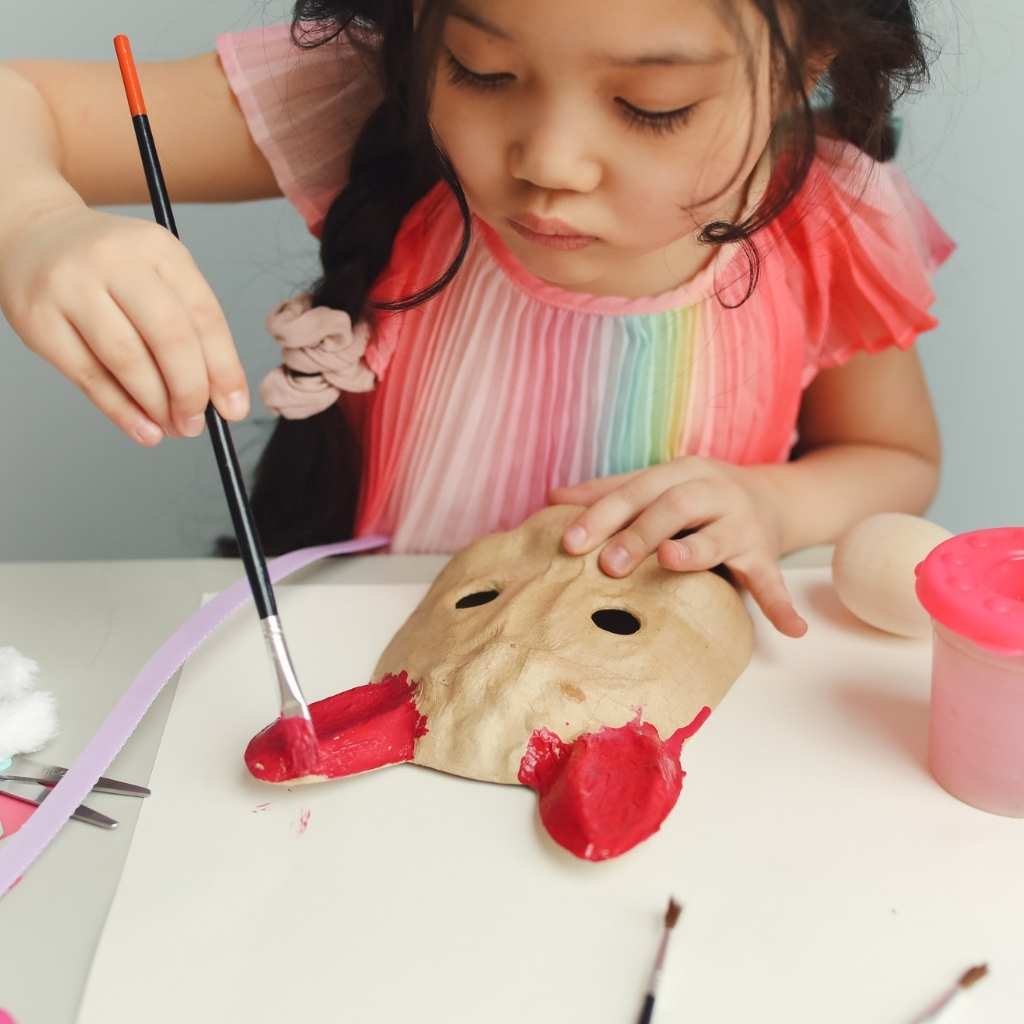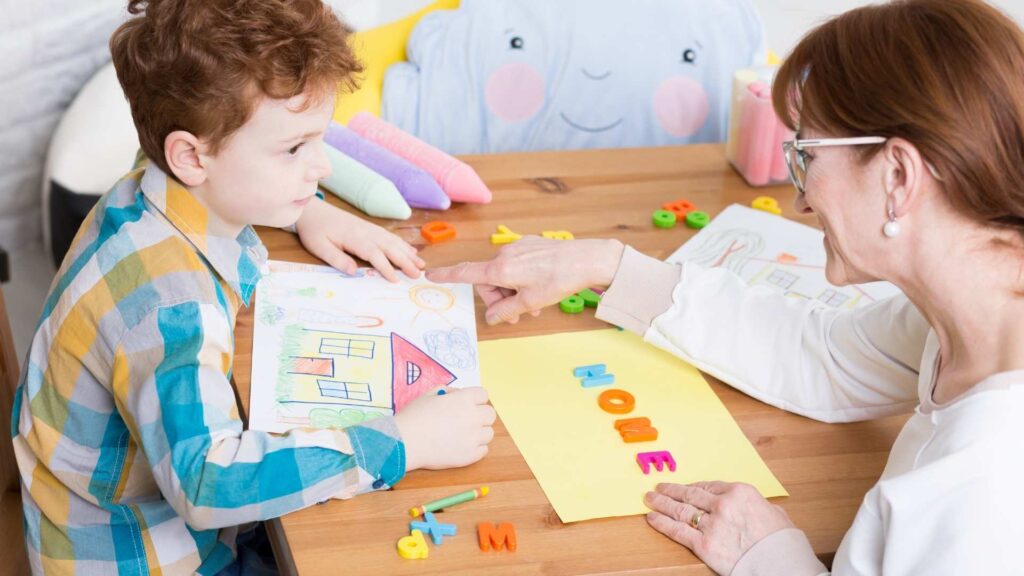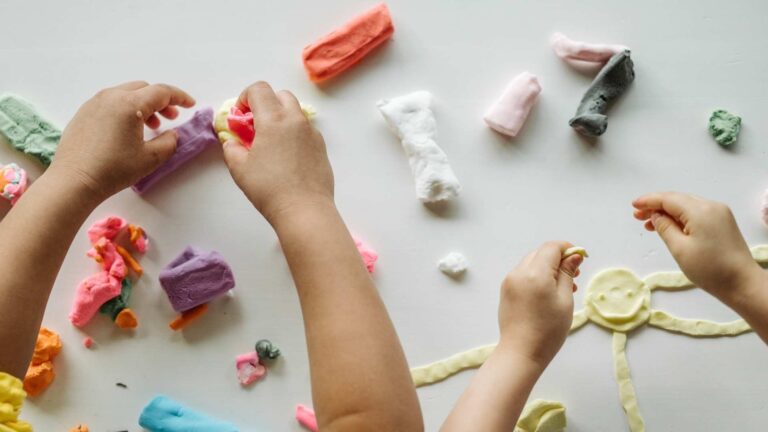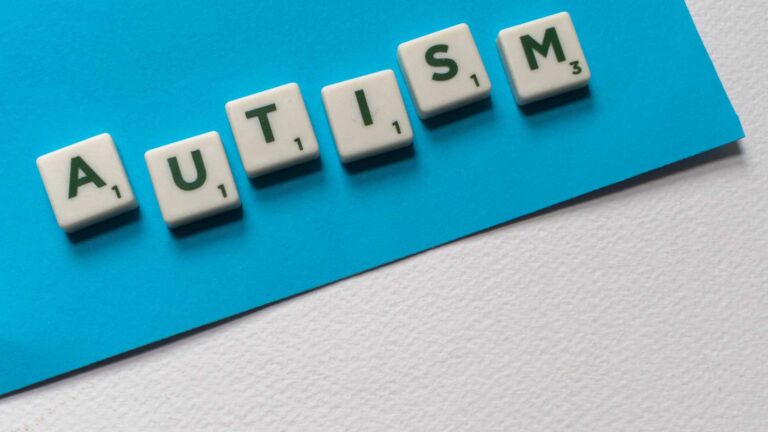Table of Contents
What is Art Therapy for Autism?
Have you ever wondered how a simple paintbrush or a lump of clay can open a world of possibilities for a child? For many families and caregivers navigating the journey of autism, art therapy offers a safe space to express, connect, and thrive. But what is art therapy for autism, and why is it becoming such an essential tool in supporting emotional and social development?
Art therapy is more than an art class. It’s a structured therapeutic approach that uses creative expressions, like painting, drawing, and sculpting, as a way to help people with autism communicate, regulate emotions, and build meaningful connections. According to research published in PsychNexus Journal and the National Center for Biotechnology Information (NCBI), art therapy promotes self-expression when words fall short, supporting sensory integration and reducing stress.
In this blog by ABA Centers of Connecticut, we’ll explore why art therapy works for people with autism, highlight research supporting its effectiveness, share practical art therapy activities for autism, and show how ABA therapy can amplify these benefits.
Why Art Therapy Matters for People with Autism
Children and teens with autism often experience challenges in communication and emotional regulation. In those cases, traditional talk therapy isn’t always effective because verbal language might not come easily, so art therapy steps in to fill that gap. Through colors, shapes, and textures, individuals can share their thoughts and feelings without relying on words.
As spotlighted on the International Journal of Art Therapy, creative processes in art therapy help people with autism achieve better emotional regulation and social interaction over time. These findings suggest that art therapy can transform therapy sessions into an engaging and stress-reducing experience, while also building confidence and a sense of accomplishment.
The Science Behind Art Therapy for Autism
What makes art therapy so powerful isn’t just the smiles during painting sessions; it’s the science behind those moments. Studies consistently show that creative expression has measurable benefits for children with autism across multiple areas, from emotional health to social development.
For example, studies published in PMC reveal that when children engage in structured art activities, like painting or sculpting, stress hormones drop significantly. This results in more calm, less anxiety, and better emotional balance.
But that’s not all. According to the PsychNexus Journal, regular art therapy sessions boost communication skills. Children who once struggled to express themselves verbally began using symbols and visual language to share their feelings, making therapy feel less like a task and more like a discovery.
Cognitive growth is another big win. As pointed out in the Asian Journal of Pharmaceutical and Clinical Research, art therapy encourages problem-solving and planning skills that often feel out of reach for kids on the spectrum but are vital for independence.
One of the most heartwarming findings comes from a case study documented by the University of South Australia Library. During group art sessions, children who usually avoided social interaction began joining in, sharing materials, and even collaborating on projects. It wasn’t just about making art; it was about making connections.
In short, what parents and therapists often see in the studio—joy, focus, confidence—is now confirmed by science.
Art therapy isn’t just creative fun; it’s an evidence-based way to support emotional regulation, communication, and social growth.
Benefits of Art Therapy for Children with Autism
Every child is different, but many families notice similar benefits after starting art therapy: improved emotional regulation, better communication, and stronger social engagement. A paintbrush becomes more than a tool: It becomes a voice, a coping mechanism, and even a bridge to others. And as children explore creativity, they also build motor skills and executive functioning abilities in a way that makes them feel joyful, not forced.

Art Therapy Activities for Autism: Ideas to Try at Home
Looking for practical ideas? Here are some engaging art therapy activities for autism that parents, caregivers, and therapists can use:
Sensory Collage
Collect fabrics, beads, and textured paper to create collages. Tactile exploration provides safe sensory stimulation and helps children who struggle with sensory processing feel more comfortable handling different textures.
Clay Modeling
Shaping clay into objects or free forms encourages hand strength and creativity. Clay offers resistance, providing proprioceptive input, which is calming and helps develop fine motor skills.
Emotion Painting
Assign colors to emotions. For instance, blue for calm, red for anger, yellow for happiness, and let the child express their feelings on canvas. It fosters emotional literacy, teaching children to identify and label emotions.
Story Stones
Paint small rocks with symbols or images (like the sun, a house, or a car) and use them to create stories. This activity supports sequencing, communication, and narrative skills in a fun, low-pressure way.
Nature Art Projects
Collect leaves, flowers, and twigs to make seasonal art pieces. This type of project encourages outdoor exploration and introduces a calming, nature-based sensory experience.
Mosaic Art
Use colorful paper pieces or tiles to create patterns or pictures. Mosaic art enhances focus, patience, and visual planning while giving a sense of accomplishment when the final image comes together.
Each of these activities opens a door to creativity, communication, emotional growth, and moments of joy that every child deserves.
How Art Therapy Works with ABA Therapy
Did you know that art therapy and Applied Behavior Analysis (ABA) complement each other beautifully? Well, this is because while art therapy nurtures creativity and emotional expression, ABA provides structure, reinforcement, and measurable progress. The perfect match!
For example:
- Teaching Social Skills: During a group art session, an ABA therapist can apply prompts and reinforcement to encourage sharing and waiting for turns.
- Improving Communication: If a child uses PECS or AAC devices, therapists can incorporate art vocabulary (“paint,” “brush,” “color”) to expand expressive language during creative tasks.
- Reducing Challenging Behaviors: ABA strategies like functional communication training can pair with calming art activities to help children manage frustration without meltdowns.
Early intervention is key. Combining art therapy with ABA during critical developmental stages can maximize progress in social, emotional, and academic skills.

A Brighter Future with Art Therapy and ABA Support
For families, art therapy is more than just an activity: it’s a doorway to hope, growth, and understanding. When paired with evidence-based interventions like ABA, the potential for meaningful progress multiplies.
At ABA Centers of Connecticut, we believe in creating personalized plans that empower children and teens with autism to reach their full potential. From comprehensive ABA therapy to diagnostic services with no waitlists, our team is here to support your family every step of the way.
Ready to explore how art therapy and ABA can transform your child’s life?
Contact ABA Centers of Connecticut today at (844) 395-0448 or schedule your free consultation here.









